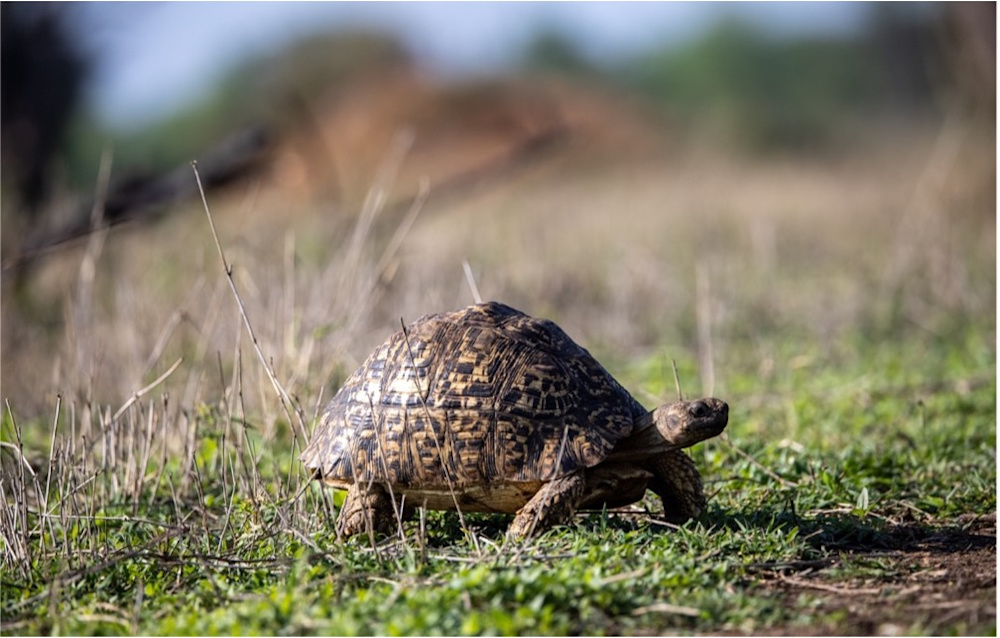January 2025
Biodiversity
Hippo Valley swamps
in BiodiversityShare:
Hippo Valley swamps
On the western side of the Chiredzi River is a vast area known as Hippo Valley. When the river is crossable, the area makes for a diverse safari experience because of the landscape.
Riverine forests line parts of the river creating a contrast with the more open grasslands. The savannah grasslands are flat stretches with great visibility, excellent for game viewing. The wooded areas dominated by miombo trees (which are a type of dry woodland) are particularly beautiful when they’re vibrant green and full of life.
However, the focus for many of our drives are the seasonal wetlands. We’ll say we’re going to “the swamps”. It’s an area on Hippo Valley that’s excellent for birding, elephant herds and so much else. These are some of the sightings offered up at the swamps on one morning drive:
A white rhino on the left, and in the same spot, by looking over your right shoulder, was a black rhino.

A large bull elephant, with a tide mark on his body from wading through the river, heads off into the forest as a herd of wildebeest graze, and white cattle egrets follow.

Enjoying the foliage that the swamps support were two white rhinos with zebras in the foreground.

It’s such a great location for photography too as the open areas offer that “abundant plains of old Africa” feel, and the umbrella tree (Vachellia tortilis) forests are the best there can be. The trees are enormous, their dark inky trunks fountain to the sky and the most delicate lacework of foliage drapes over them.
Leaving the swamp area we circled around to the edge of an umbrella tree forest and found a herd of waterbuck grazing and enjoying the shade there.

You could easily fill up a whole journal on the birdlife to be seen on Hippo Valley, and the flowers, and the smaller creatures. This leopard tortoise was about to cross the track. Tortoises are one of the highlights of the rainy summer season. They are most active when food is optimal, so that they can build up their food reserves for the long, dry winter.


By Jenny Hishin
Author / Field Guide


